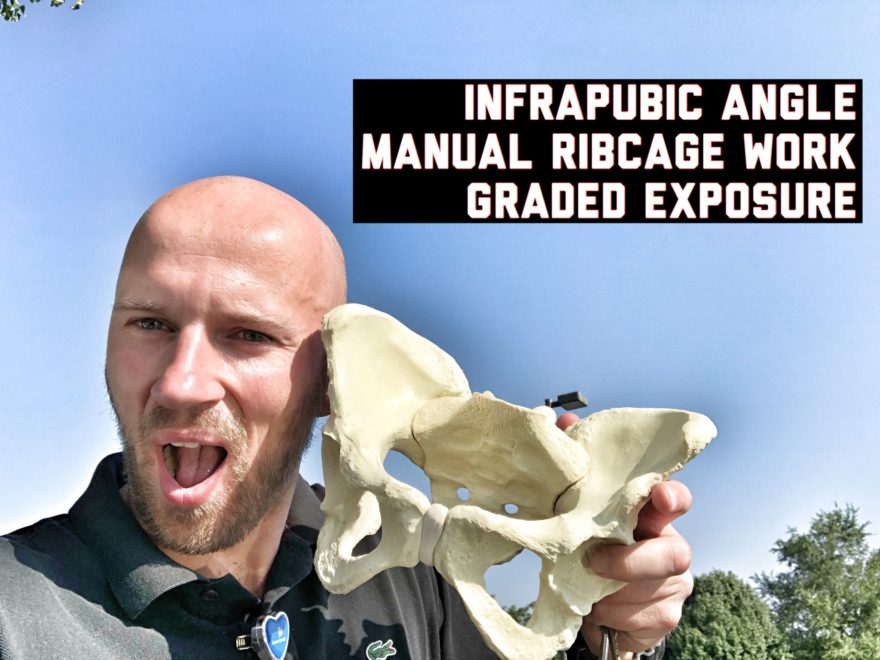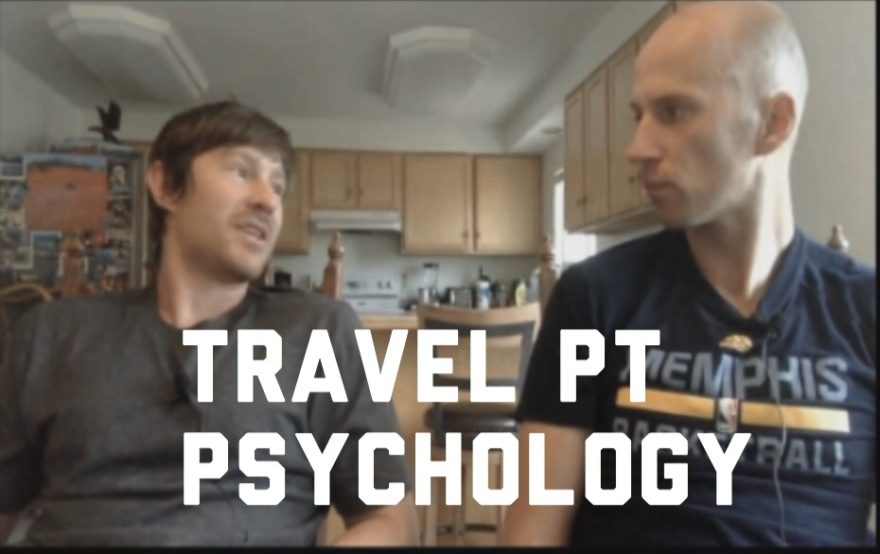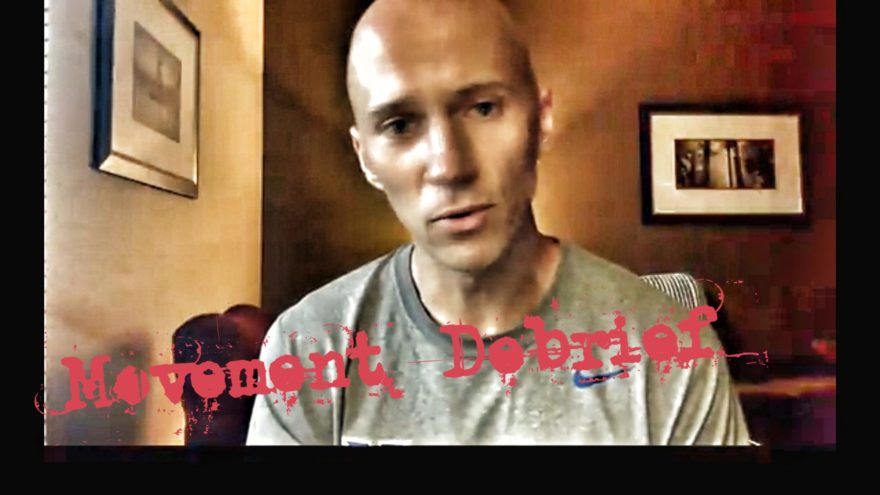Tag: graded exposure

Infrapubic Angle, Manual Ribcage Work, and Graded Exposure – Movement Debrief Episode 60
Movement Debrief Episode 60 is in the books. Below is a copy of the video for your viewing pleasure, and…

The Guide to Travel Physical Therapy & Psychology – A Randy Bowling Movement Conversation
I recently had the pleasure of talking about all things travel PT and psychology with my dear friend, Randy “The…

Teaching Movement, Expanding PT, Embracing Failure: Movement Debrief Episodes 2 & 3
Here are this week’s Movement Debriefs. I’m hoping to get on a regular schedule once I get settled into my…
Explain Pain Section 6: Management Essentials
This is a summary of section 6 of “Explain Pain” by David Butler and Lorimer Moseley. Management 101 The most…
